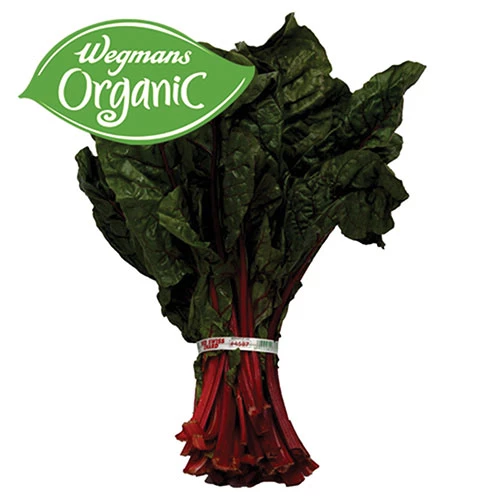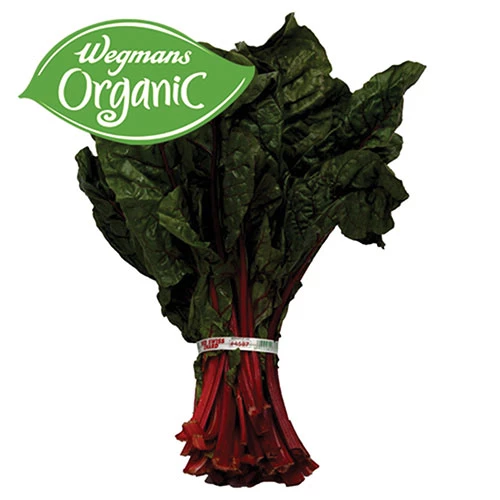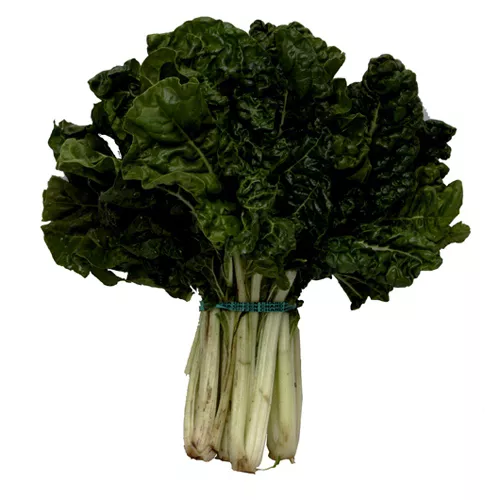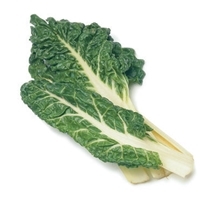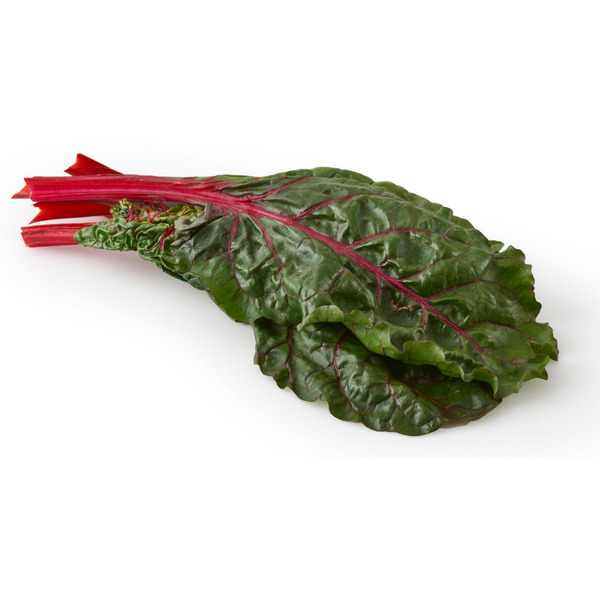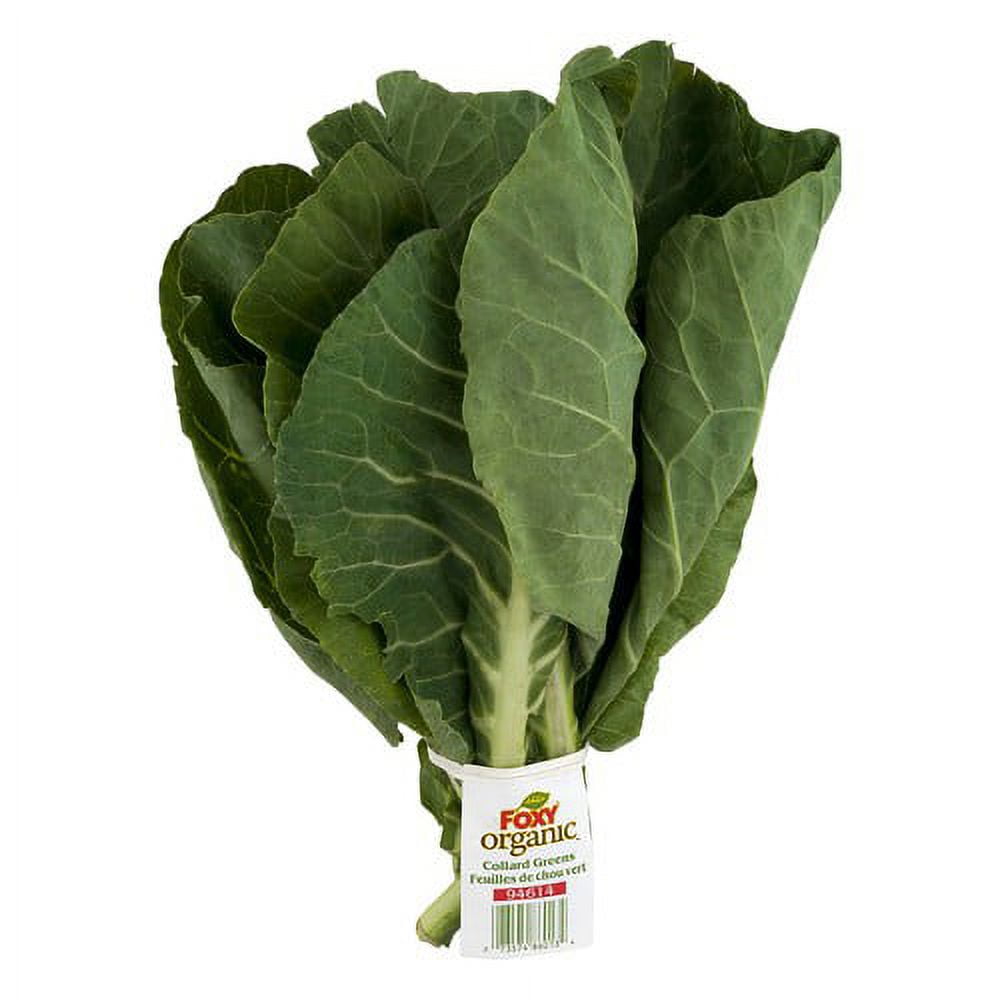SIDE DISHES
SALADS
MAIN DISHES
Chard
Chard, also known as Swiss chard, is a leafy green vegetable that is part of the Chenopodiaceae family, closely related to spinach and beet. It is a popular ingredient in Mediterranean and European cuisines known for its rich, earthy taste and its vibrant large leaves with colorful stems in shades of red, white, or yellow.
Chard is incredibly versatile and can be eaten both raw and cooked; it is often used in salads, stir-fries, soups, and stews. This nutritious vegetable is packed full of vitamins A, C, and K, as well as fiber, iron, and potassium, making it a healthy choice for home cooks and consumers alike.
65%
CARBS
3%
FAT
31%
PROTEIN
440 Chard Products
Wegmans Red Ruby Swiss Chard
Wegmans Organic Red Swiss Chard
Bright Lights Swiss Chard
Fresh Organic Red Swiss Chard
Greens, Red Chard Organic, 1 Bunch
Swiss Chard
Cal-Organic Farms Organic Rainbow Chard Bundle
Organic Red Chard
Cal-Organic Farms Chard, Green, Organic
Cal Organic Farms Organic Red Chard Vegetable
Used In 37 Recipes
3
Colorful Mediterranean Couscous with Swiss Chard and Roasted Peppers
1
Smoky Chickpea & Chard Skillet
3
Savory Mushroom and Turkey Brown Rice Bowl
4
Savory Bliss Buddha Bowl with Creamy Poblano Sauce
3
Velvety Salmon with Golden Turnips and Lemon Lime Swiss Chard
Delicate Velvet Salmon with Golden Baby Turnips and Swiss Chard
2
Savory Skirt Steak with Roasted Beets & Swiss Chard
5
Savory One-Pot Creamed White Beans and Chard
Chard Is Frequently Used With
Chard FAQ
Cooking with chard can seem intimidating due to its large size and bright colors, but it's actually very straightforward once you understand the basics. The most common mistake people make is not preparing the chard properly - removing the tough stems is essential for a tender and delicious dish. It's also important to remember that chard wilts down significantly during cooking, so always use more than you think you'll need. Chard can be sauteed, steamed, braised, or added raw to salads. To maximize the flavor, try pairing it with rich ingredients like bacon or garlic. One little known tip is to use chard stems in the same way as you would use celery - they add a crunchy texture to salads and stir-fries!
How to properly clean and prepare Chard?
Can I eat raw chard?
How do I reduce chard’s bitterness?
How do I cook chard so it doesn't become soggy?
Should I tear or cut chard?
Can I use the stems of chard?
What can I pair with chard to enhance its flavor?
Can I blend chard?
What should I do with leftover chard?
Can I substitute chard for other green vegetables?
Expiration & Storage Tips
When does chard expire?
When stored properly, a fresh bunch of chard can typically last for about 5 to 7 days in the refrigerator. If the chard is left at room temperature, it will deteriorate much quicker and could spoil within a day. Once cooked, it is best to consume chard within 24-48 hours, but can be safely eaten for up to 4 days. Chard can also be frozen for up to one year. You can do this by blanching the chard (immersing in boiling water for 2-3 minutes), then quickly cooling it before putting it in a freezer-safe bag.
How do you tell if chard is bad?
Chard has gone bad when it starts wilting and turning brown. In addition, once the chard's leaves become less vibrant and more translucent, this is a sign that it is past its peak. A rotten smell or slimy texture are definite signs that the chard is spoiled and should not be eaten.
Tips for storing chard to extend shelf life
• Always wash chard just before you're ready to use it. Washing beforehand can introduce moisture that can lead to spoilage.
• Wrap the chard in a paper towel and place it in a plastic bag in the fridge. The paper towel will absorb the excess moisture and extend the shelf life of the chard.
• Don't pack chard too tightly in the fridge, as this can cause it to become squashed and spoil faster.
• If you can't use the chard within a week or so, consider freezing it. First, blanch it to kill any bacteria and lock in the nutrients, then drain, let cool, and pack into airtight containers or freeze-safe bags.
EXPIRES WITHIN
8 - 15
DAYS
Equivalents
Substitutes

Red Kale

Lacinato Kale

Collard Greens
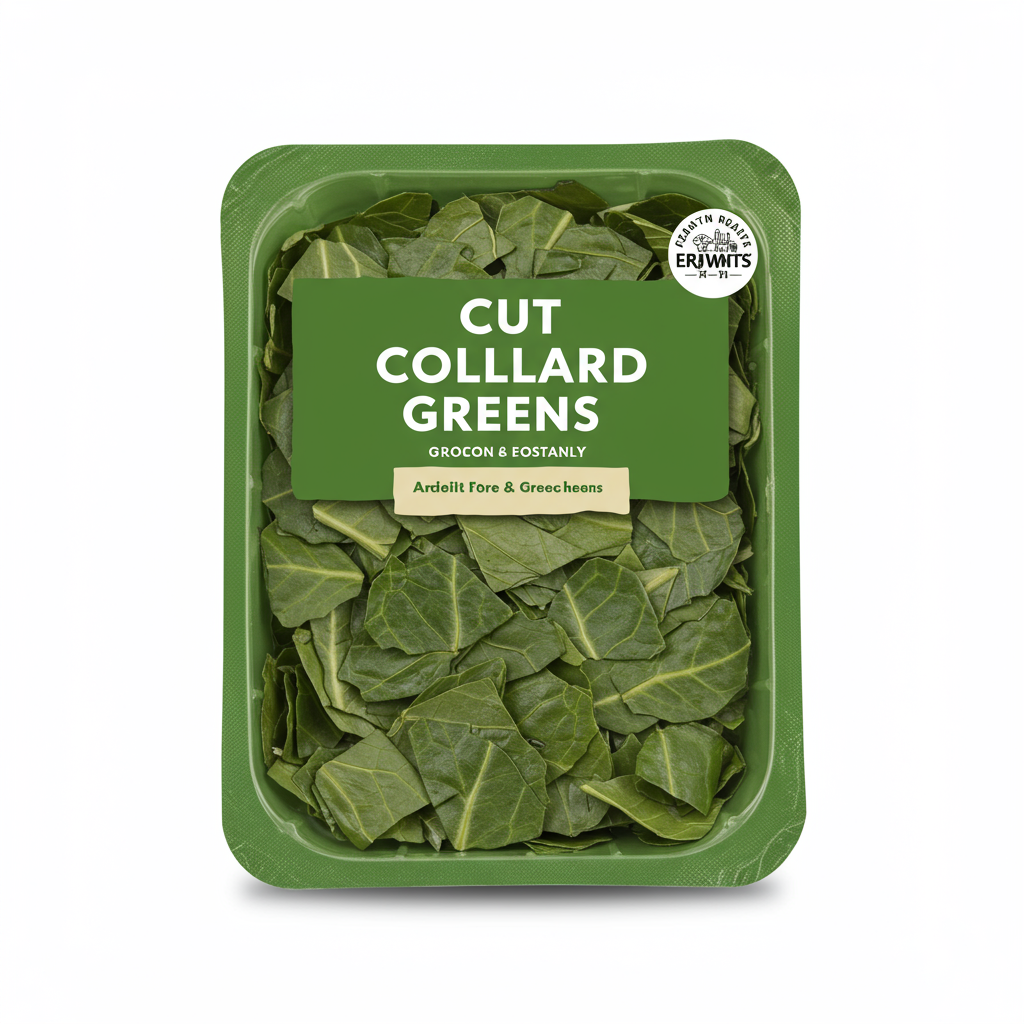
Cut Collard Greens

Cut Kale

Kale

Arugula

Spinach

Baby Spinach

Turnip Greens
See All
Health Info
Macros
1g
CARBS
0g
FAT
0g
PROTEIN
Allowed on these diets
LOW FAT
HIGH CALCIUM
VEGETARIAN
KETO
PALEO
WHOLE 30
MEDITERRANEAN
LOW CARB
VEGAN
LACTOSE FREE
GLUTEN FREE

